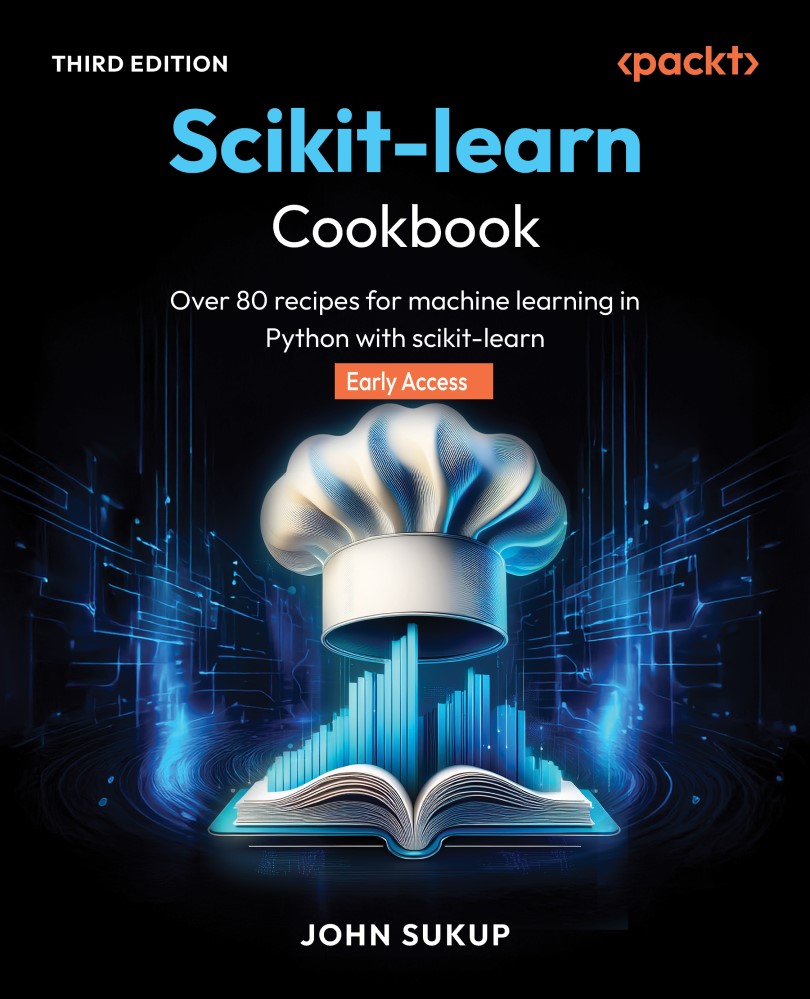Introduction to SVMs
SVMs are ML models used for both classification and regression tasks. SVMs are particularly effective in situations where the number of features is large compared to the number of samples, or when the data is high-dimensional. Additionally, SVMs excel in classification problems where classes are not easily separable using their existing feature set. The core idea behind SVMs is to find the hyperplane that maximizes the margin between classes, which helps in achieving better generalization performance. In this recipe, we will explore the basics of SVMs, their role in classification and regression, and how they work.
What is a hyperplane?
In the context of SVMs, a hyperplane serves as a decision boundary – a non-linear line, (i.e., a curved line) that separates data points into different classes. SVMs are primarily used for binary classification tasks, although they can also be applied to regression problems.
The hyperplane acts as a plane that divides feature...

































































